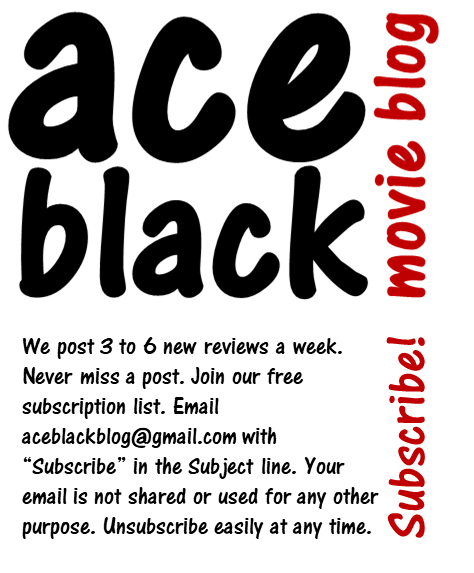Saturday 16 July 2016
Movie Review: High Noon (1952)
A classic ticking clock Western, High Noon explores the theme of steadfastness in the face of adversity, and finds a society easily yielding to compromised appeasement.
In the town of Hadleyville, Marshal Will Kane (Gary Cooper) marries his sweetheart, Quaker girl Amy Fowler (Grace Kelly). Just as they are heading off on their honeymoon, news filters in that gang boss Frank Miller (Ian MacDonald) has been unexpectedly released from prison and is arriving in town on the noon train, seeking revenge. Indeed, three of Miller's hoods are already at the station, waiting for their boss. Kane interrupts his honeymoon plans and returns to Marshal duties, much to Amy's disgust.
Five years earlier, Kane cleaned up Hadleyville by arresting Miller and sending him to face justice and an expected hanging. Now Kane attempts to swear-in deputies to help him in the new looming confrontation with Miller, but finds no willing volunteers. Deputy Marshal Harvey Pell (Lloyd Bridges) quits early, and in turn Kane's best friend, his mentor, the town judge, the pastor and other usually reliable allies turn their back on him. Meanwhile a disgruntled Amy plans to leave town, along with local businesswoman Helen Ramirez (Katy Jurado), who has a history with both Miller and Kane, and an uneasy relationship with Pell.
Directed by Fred Zinnemann and written by Carl Foreman who co-produced with Stanley Kramer, High Noon is a pessimistic study of societal failings. The action unfolds in real time, a looming clock making an appearance in almost every other scene, the tension building as Kane appeals for help and is rebuffed at almost every turn. The tight 85 minutes are dedicated to uncovering the various excuses the residents of Hadleyville concoct to avoid supporting their Marshal, resulting in the irony of a man forced into individually protecting a community that does not deserve his protection.
With Foreman labelled an uncooperative witness for refusing to name names by the McCarthy witch hunt, High Noon builds on the struggles of a man insisting on doing the right thing in the face of widespread public condemnation. With the noon hour approaching, everyone wants Kane to leave town and allow the bad guys to take over, a preferable outcome compared to a messy public confrontation that can ruin the reputation of the community. He refuses, stares down evil in the bright sunshine and exposes the appeasers as unworthy of their own societal freedoms. The story also carries echoes of non-interventionist attitudes to Nazi Germany prior to World War Two, and condemns the propensity to give in and get along for the sake of avoiding harsh truths.
The film is not without its weaknesses. The bad guys carry little menace, and waste away for most of the film at the train station waiting for Miller's train. Helen's backstory and previous involvement with both Miller and Kane deserves better than the sideways hints it receives. The relationship between Kane and Amy is quick to rupture, there being apparently no reservoir of love, trust and good will to help them through their first crisis. Modern Los Angeles makes an appearance in the background of an otherwise impressive crane shot, and the film's signature song Do Not Forsake Me, Oh My Darlin' plays pretty much continuously on a maddening loop for the duration of the film.
But Zinnemann overcomes the shortcomings with a stunning visual aesthetic, making full use of Cooper's increasingly anguished face as Kane's realization of just how pathetic his own community is grows with every encounter. The town empties out as High Noon approaches its titular climax hour, and Zinnemann achieves grandeur by setting his lonely Marshal against eerily empty streets and vacant buildings, one man standing tall, both mad enough and brave enough to defend principles everyone else is more than willing to abandon.
All Ace Black Blog Movie Reviews are here.
Labels:
Gary Cooper,
Grace Kelly,
Katy Jurado,
Lloyd Bridges
Subscribe to:
Post Comments (Atom)




No comments:
Post a Comment
We welcome reader comments about this post.